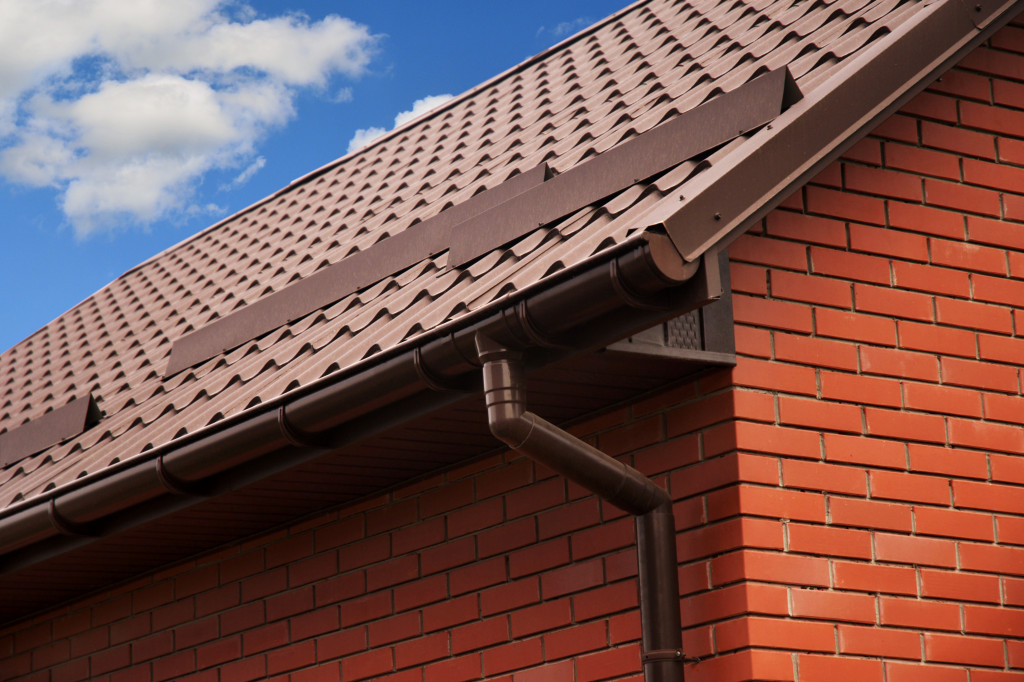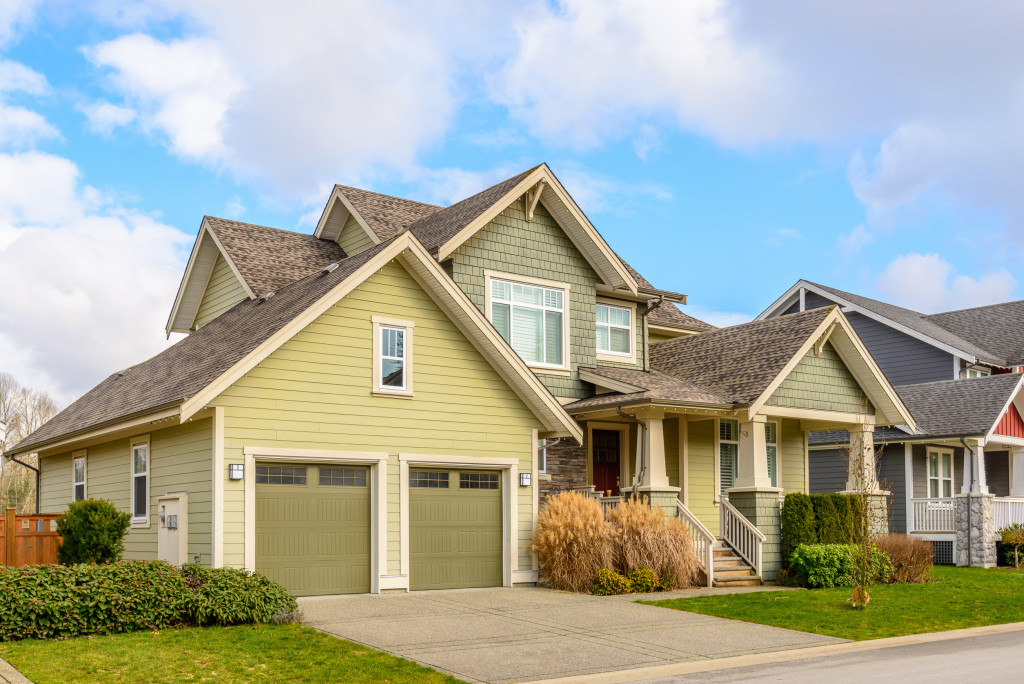Mother nature does not pick who gets affected by her strong winds, tornadoes, hurricanes, heavy rain, and flooding. These natural disasters can affect millions of individuals around the world. The United States is known for having a myriad of harsh weather conditions. Since the country is known for being expansive in terms of landmass, weather conditions and natural disasters will vary depending on the area.
However, the United States has seen a spike in natural disasters in the past few years. In fact, it’s known that the US has experienced numerous major natural disasters like wildfires in the past few years.
Not only do these natural disasters put a lot of individuals in harm’s way, but this can also result in billions worth of structural damages to residential areas, commercial establishments, and public infrastructure. In most cases, it’s usually residential areas such as suburbs and rural towns affected the most by these natural disasters.
In fact, research and statistics back in 2017 would say that natural disasters that exceed historical records have caused more than 300 billion dollars in damages alone. Although many insurance companies and businesses are well aware of these damages and are willing to go out of their way in helping others, damages can still happen to many homes and properties, especially if homeowners are not prepared.
Although controlling the circumstances might be impossible in this situation, that shouldn’t stop you from making key preparations and changes to your home. Here are some important things that you’ll need to consider to maximize your home’s structural integrity and the safety of inhabitants.
Emergency Needs and Safety Should Be a Priority
First and foremost, one of the most important things that you’ll need to keep in mind when it comes to natural disasters is that preparing your home won’t necessarily mean that it will be out of danger’s reach. Floodings, earthquakes, wildfires, and hurricanes can still cause damage to your home. Although you’re looking for ways to prepare your home, emergency needs and safety should always be your priority.
It’s also important to be informed on what home insurance companies will cover in case of damages. Most experts suggest having a list of different parts of your home that will likely be affected by these natural disasters. Right after, you can take photos of the damages these parts have incurred.
Not quite sure on what you have to prepare for floodings, hurricanes, and heavy rainfall? Some businesses are known for giving helpful tips on what to do during flooding. Not only will these tips help in emergencies, but they can mitigate damages to your home. Remember: water damage from flooding is known for costing billions of dollars in structural damage.
Mind Your Roofing System

Your roof is known for being one of the most sturdy parts of your home. Since your roof is the first and last line of defense that your home has against the natural elements. Naturally, most homes are built to be durable. Still, since your roof is effectively the home’s shield against heavy rainstorms, hailstorms, high winds, and hurricanes, it will need to stronger than any other construction material in the market.
This is one reason why most types of roofing will have a hefty price tag: it’s durable and versatile for harsh weather conditions. However, that doesn’t mean that your roof is essentially indestructible; just like any other construction material used for your home, your roof will also have a lifespan.
The best course of action in keeping your roof in a pristine condition is by constant maintenance. Although you won’t have to constantly look after your roof every month (2 times a year is already sufficient), you’ll still need to inspect your roof a week or a few days right before the storm hits.
It’s also important to consider different types of roofing materials catered towards different weather conditions. If you’re planning on replacing your home’s roofing, it’s best to know the characteristics of each type of roofing. For instance, many would say that metal roofing is a great roofing material used for cold weather conditions and high winds that can reach more than hundreds of miles per hour. If you’re aiming for the best lifespan in the market, slate tile roofing is your best bet in this matter.
Prepare Your Garden and Lawn
Last but not least, it’s important to think about the part of your home that isn’t roofed: your garden and lawn. One of the best ways of preventing flooding is by effectively landscaping your garden. A well-planned garden can effectively dispose of flooding and ponding water. If you’re flood-proofing your home, you might want to consider keeping elevating your garden. Inclining can help dispose of water towards the right drainage systems.
There is a multitude of ways to mitigate structural damage that might happen to your home. Although we can’t control the weather, we can focus on different aspects of our home to prepare for natural disasters. Every year, hurricanes, floods, and wildfires can cause billions of damages to homes. That said, we must make key renovations to different parts of our home for the best results.

